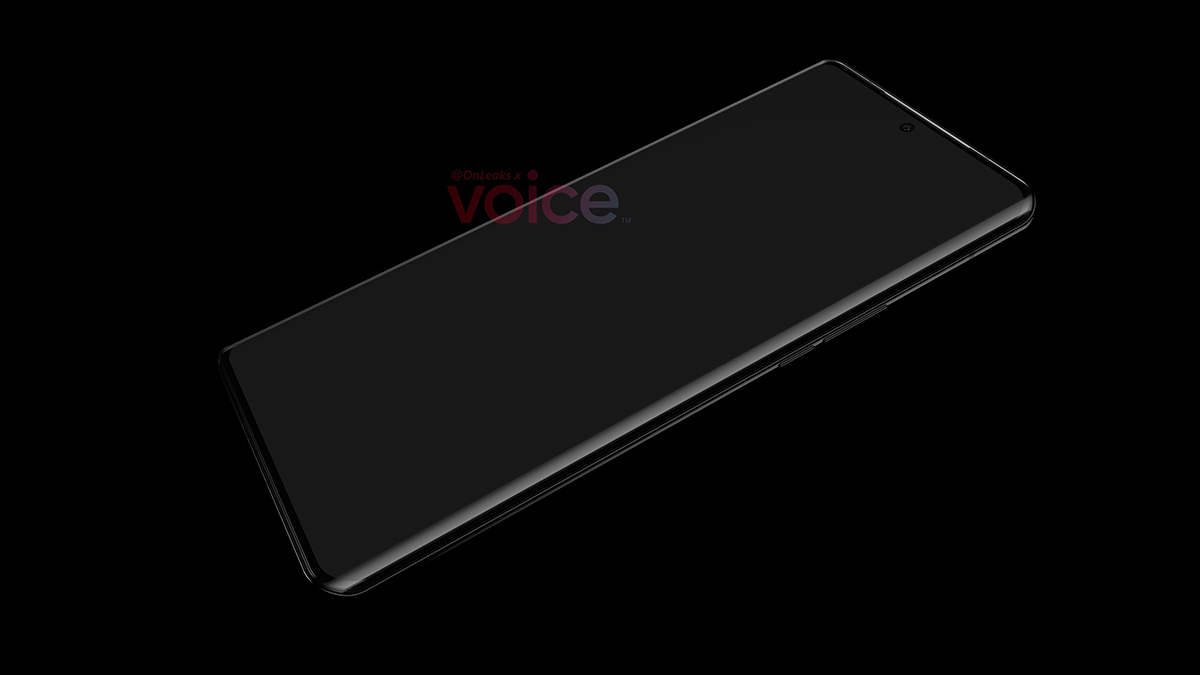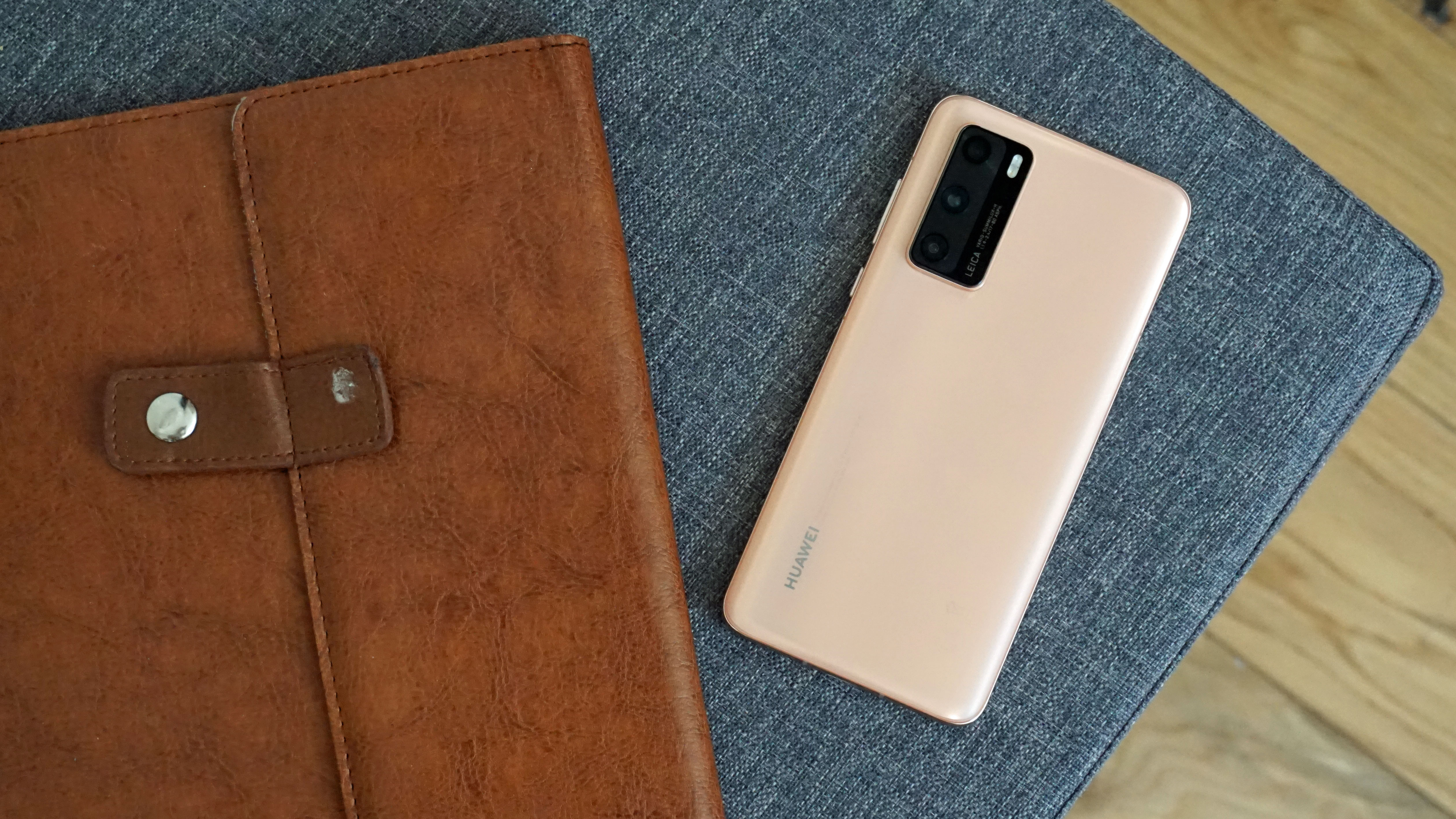The Huawei P40 and its siblings (the Huawei P40 Pro and Huawei P40 Pro Plus) are in some ways among the best phones of 2020 – they have superb cameras, plenty of power, and excellent battery lives. But they’re all significantly held back when it comes to software, as they don’t have access to Google Mobile Services.
Unfortunately, that software issue is one that probably won’t be solved for the Huawei P50 range, but it might at least be improved. It’s one of a number of things we’re wishing for from the P50 range to make the upcoming phones even better than the Huawei P40.
You’ll find our full wish list for the range further down, but before that, you’ll find information on the possible release date and price, along with rumored specs and features. We haven’t heard much information yet, but we’ll be adding to this article as rumors roll in, so make sure to check back often.
Yet another report states the Huawei P50 launch will come in June, months after we expected it - so don't get excited for an unveiling any time soon.
Cut to the chase
- What is it? The successor to the flagship Huawei P40
- When is it out? Possibly June
- What will it cost? Likely upwards of £699 / AU$1,099 (around $900)
Huawei P50 release date and price
The main release date rumor we had heard about the Huawei P50 was that it would land “around” March 26-28. Both the Huawei P40 and Huawei P30 were announced on March 26 of their respective years, and so March 26 seemed like the most likely date at the time.
Having said that, March 26 passed without news of the P50's arrival. We then heard that the phone wouldn't land until May due to OS-related delays, before further delays – this time due to supply chain issues – implied an even later June launch. That's something subsequent leaks have backed up.
More generally, we'd also heard that the Huawei P50 range will arrive in the first half of 2021. That's both vague and expected, but is in line with the leaks above, at least.
In any case, we’d expect the phones to ship within two weeks of their announcement date, if not sooner, based on past form.
As for the price, that, again, is unknown at the time of writing, but the Huawei P40 launched for £699 / AU$1,099 (around $900), so the Huawei P50’s price might be similar.
Of course, that’s just the base model. The Huawei P40 Pro cost £899 / AU$1,599 (around $1,100) and the P40 Pro Plus was £1,299 (roughly $1,570 / AU$2,500), so expect prices to rise steeply for the Huawei P50 Pro and Huawei P50 Pro Plus. And as with the P40 range, these phones almost certainly won’t land in the US.
Design and display
We've now had a close look at the likely design of both the Huawei P50 and the Huawei P50 Pro, courtesy of Steve Hemmerstoffer (a leaker with a good track record).
The images, some of which you can see below, show a huge camera block on both phones, with what looks to be two enormous lenses - though it's possible that they house more than that.
And today comes your very first look at the vanilla #HuaweiP50! You still ain't ready...😂 #VoiceCommunity #OnlyOnVoice@VoiceHQ⭕️exclusive 👉🏻 https://t.co/50Tski7X76 pic.twitter.com/nAn80zzZHwMarch 12, 2021
Additionally, both phones apparently have a glass back and a metal frame, but the frame is seemingly curvier on the P50 Pro. The Huawei P50 Pro is also shown with smaller bezels and a 6.6-inch curved screen, while the standard Huawei P50 has a 6.3-inch flat display.
The same source also shared dimensions, with the Huawei P50 apparently being 156.7 x 74 x 8.3mm (or 10.6mm at the rear camera bump), and the Huawei P50 Pro said to be 159 x 73 x 8.6mm (or 10.3mm at the rear camera bump). Both phones also apparently have an in-screen fingerprint scanner.
And the usual 360° spinning look at the #HuaweiP50Pro! #VoiceCommunity #OnlyOnVoice@VoiceHQ⭕️exclusive 👉🏻 https://t.co/UxpKYHZZBQ pic.twitter.com/k8VVH450o8March 11, 2021
Prior to these images, we'd seen the render below, which supposedly shows the Huawei P50 Pro and comes from the same source.
It shows a curved screen, minimal bezel, and a single-lens punch-hole camera in the top center. You can also see power and volume buttons on the right edge.

Elsewhere, a contributor to SlashLeaks has shared photos supposedly showing the standard Huawei P50. They show a single-lens punch-hole camera in the top left corner of the screen, and what looks to be a quad-lens camera in a large rectangular block on the back.
However, these don't line up with the images above, plus the photos are grainy and low quality, and at the time of writing have a 'trust score' of just 14% from users of the site, so we wouldn't count on these ones being accurate.
We've also heard that the Huawei P50 range could have a new design, though it's not clear what would be new about it.
Camera and battery
Our main information on the Huawei P50's camera currently comes from just one source – a Twitter leaker who goes by Rodent950.
They claim that the standard Huawei P50 will have a standard, ultra-wide and telephoto setup, while the Huawei P50 Pro will replace the telephoto with a periscope camera (likely allowing for greater zoom). The Huawei P50 Pro Plus will apparently have a standard, ultra-wide, telephoto, and periscope camera, as well as a time-of-flight sensor for judging depth.
Perhaps more interestingly, this source also claims that a Sony sensor dubbed the IMX800 is destined for inclusion in the range. This is apparently a 1-inch sensor, making it the largest yet in a smartphone, which in turn should allow for higher quality images and potentially better low light photography.
Main + ultra wide + teleMain + Ultra wide + periscopeMain + Ultra wide + tele + periscope + ToF https://t.co/5IWs05O3p6February 24, 2021
The leaked images further up certainly suggest big cameras on the Huawei P50 range, which supports the claim of a large sensor size, and it's a suggestion that we've now heard more than once.
Specs and features
At the time of writing, we haven’t heard much about the Huawei P50's specs, but based on past form it’s probably going to use the same chipset as the Huawei Mate 40, specifically the Kirin 9000.
This is the company’s first 5nm chipset, a move which has lead to an improvement in performance, as you’d expect.
We've specifically heard that the Huawei P50 will use this chipset, but previously we'd also heard from Huawei that due to the ongoing Huawei ban the company would stop using Kirin chipsets, as it would no longer be able to source components for them after 2020.
That did leave us a little confused as to whether the Kirin 9000 would make it to the P50 or not, but fresh reports suggest that Huawei actually stockpiled enough of the chips for its next phone before production was shut down due to restrictions imposed by the US.
Another source has also now pointed to that chipset – though only for the Huawei P50 Pro and Huawei P50 Pro Plus. They claim the standard Huawei P50 will use the lesser Kirin 9000E chipset, and will fill the role of a 'Lite' model.
This source also mentions a “new ultra-sensing camera system", but it's not clear what exactly they mean by that.

Beyond that, we can also say that unless things change in Huawei’s relationship with the US, the Huawei P50 won’t have access to Google apps and services.
It will likely still run Android, much like other recent Huawei phones – which have the core operating system but have to rely on third-party app stores. However, there's a chance that Huawei could instead equip the P50 range with its own Harmony OS.
According to Sina (a major Chinese news site) the Huawei P50 range will run Harmony OS, and that's a claim that's since been made again, this time on Weibo. But even if this is accurate, it's possible that it will only do so in some parts of the world, with other regions still getting Android.
What we want to see
We don’t have much confirmed information about the Huawei P50, yet, but we do know what we want from it. The following things top our list.
1. Google Mobile Services
However good Huawei’s hardware is, its software is always likely to be lacking unless, or until, it regains access to Google Mobile Services (and therefore the Google Play Store and Google’s apps). This is out of Huawei’s hands, and we’re not optimistic that it will happen in time for the Huawei P50’s launch, but it’s our biggest hope for the phone.
And if that’s not realistic, then we’d at least like to see some big improvements to Huawei’s alternative app store. Currently it’s severely lacking compared to Google Play, and is even missing a number of big name apps, so we’d like to see Huawei make a real push to get more developers on board.
2. A 120Hz refresh rate on all models

While some phones – such as the OnePlus 8 Pro and Samsung Galaxy S20 – have 120Hz refresh rates, the most any handset in the Huawei P40 range manages is 90Hz, and the base P40 has just a 60Hz refresh rate, which feels distinctly lacking for a high-end handset.
So, for the Huawei P50 range, we want the company to push the refresh rate up to at least 120Hz, and we want to see that offered across the lineup. If it can manage an even higher refresh rate, then all the better.
3. A sharper screen
The Huawei P40 has just a FHD+ 1080 x 2340 screen, and while the Huawei P40 Pro and Pro Plus better it with 1200 x 2640 screens, that’s still not hitting the QHD+ level found on phones like the 1440 x 3200 Samsung Galaxy S20.
Given that these are high-end and in some case top-end handsets, we’d expect a competitive resolution, so we’d like to see that improved for the Huawei P50 range.
There’s no need to go overboard – at a certain point, extra pixels won’t do much unless your eyes are pressed up against the screen, but matching Samsung here would be a good start. And given that even the basic Galaxy S20 has a high resolution, we’d like even the basic P50 to do so as well.
4. Proper water resistance on the base P50

With the P40 range, Huawei has limited decent water resistance to the P40 Pro and Pro Plus. They’re both IP68 certified, which is in line with the likes of the iPhone 11 and Samsung Galaxy Note 20 Ultra, and means they can withstand submersion in water. The standard Huawei P40, though, only has an IP53 rating, which means it should be able to survive a splash, but not much more.
For the Huawei P50 range we want IP68 certification offered across the range, and if Huawei wants its pricier models to stand out, then how about even better water resistance for them? There aren’t many phones out there that you can safely take diving, for instance, so maybe the Huawei P50 Pro could stand out in that way.
5. Wireless charging on all models
Wireless charging is becoming ever more common, but while it’s offered by the Huawei P40 Pro and Huawei P40 Pro Plus, you won’t find it on the standard Huawei P40.
So, with it becoming more common among high-end handsets, we’d like the standard Huawei P50 to offer it, as it will surely seem a major omission if it’s not present by the time that phone launches.
- We're also expecting the Samsung Galaxy S21 in early 2021
from TechRadar - All the latest technology news https://ift.tt/3l4jmSk
